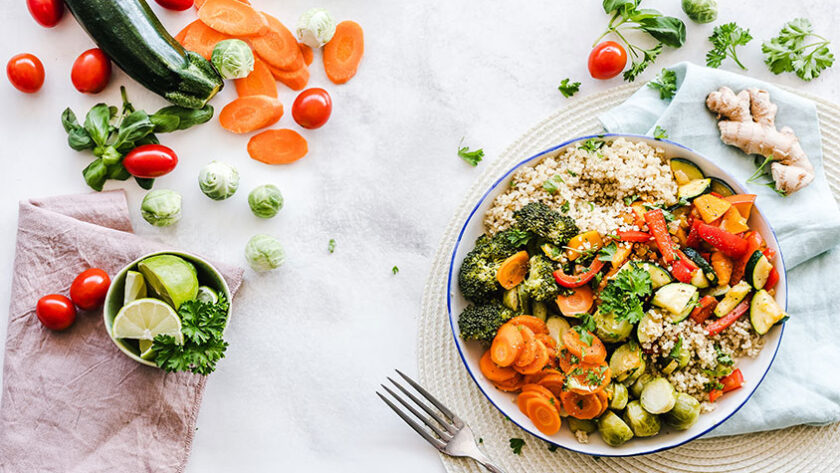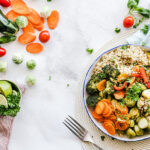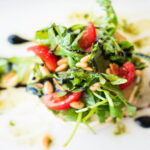Studies have shown that adopting this low-carb, high-fat diet can promote fat loss and even improve improvements in certain diseases, such as type 2 diabetes.
Even though you know you need to eat a very low-carb, high-fat, moderate-protein diet, it can be confusing to know which foods to eat. Here’s our guide to the foods you can eat, the foods you should avoid, and the foods you can sometimes eat when following a ketogenic diet.
Keto Diet Basics
When following a ketogenic diet, carbohydrate intake is typically reduced to less than 50 grams per day, although stricter and more lenient versions exist in the ketogenic diet
Fats should replace most of the cut carbohydrates and provide about 75% of the total calorie intake
Protein should make up about 20 percent of energy requirements, while carbohydrates are usually limited to 5 percent.
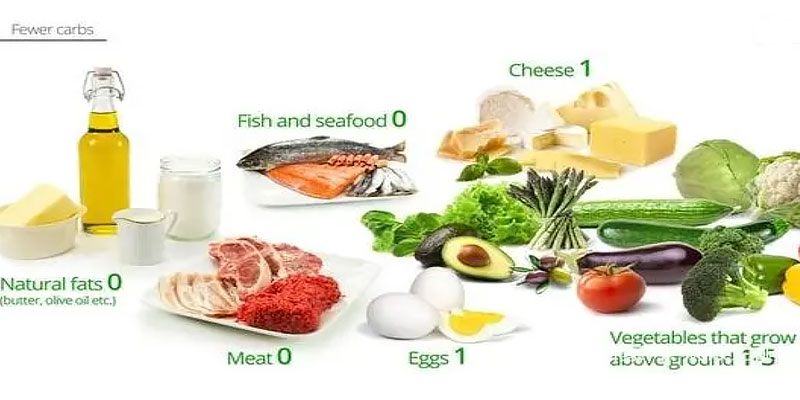
This decrease in carbohydrates forces your body to rely on fat instead of glucose as its primary energy source, a process called ketosis.
When ketosis occurs, your body uses ketones (molecules produced from fat in the liver when glucose is restricted) as an alternative fuel source.
Although fat is usually avoided due to its high-calorie content, studies have shown that a ketogenic diet is much more effective than a low-fat diet in promoting weight loss
In addition, ketogenic diets can reduce hunger and increase satiety, which can be particularly helpful when trying to lose weight
In summary, the ketogenic diet relies on a very low-carb diet. Carbohydrate intake is usually limited to less than 50 grams per day and is mostly replaced with fat and a moderate amount of protein.
Keto diet plan
It is not really difficult to fully adapt to a ketogenic diet; your focus should be on reducing carbohydrates while increasing the fat and protein content of your meals and snacks.
In order to achieve and maintain a ketogenic state, carbohydrates must be limited.
Typically, the lower the carbohydrate intake, the more likely you are to produce ketone bodies
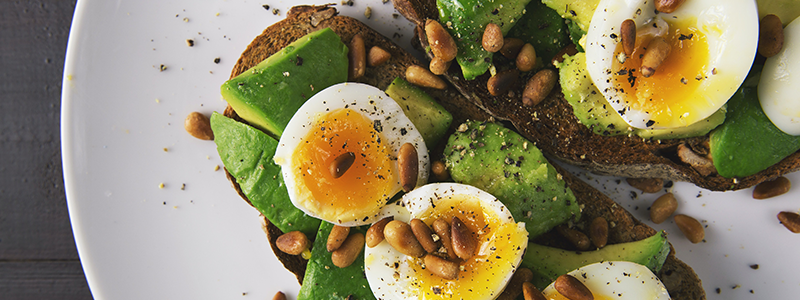
Consumption of ketones
When following a keto diet, meals and snacks should be centered around the following foods.
- Poultry: chicken and turkey.
- Fatty fish: wild salmon, herring, and mackerel.
- Meat: grass-fed beef, venison, pork, organ meats, and bison.
- Full-fat dairy products: yogurt, butter, and cream.
- Full-fat cheeses: cheddar, mozzarella, french cheese, goat cheese, and cream cheese.
- Nut butter: natural peanut, almond, and cashew butter.
- Avocados: Whole avocados can be added to almost any meal or snack.
- Non-starchy vegetables: vegetables, broccoli, tomatoes, mushrooms, and peppers.
- Seasonings: salt, pepper, vinegar, lemon juice, fresh herbs, and spices
Foods to avoid
Avoid foods rich in carbohydrates when following a keto diet.
The following foods should be restricted:
- Bread and baked goods: white bread, whole wheat bread, cookies, crackers, doughnuts, and rolls.
- Candy and sugary foods: sugar, ice cream, candy, maple syrup, coconut sugar.
- Sugar-sweetened beverages: sodas, juices, sweetened teas, and sports drinks.
- Pasta: Spaghetti.
- Cereals and cereal products: wheat, rice, oats, breakfast cereals, and tortillas.
- Starchy vegetables: potatoes, groundnuts, pecan squash, corn, peas, and pumpkin.
- Legumes and pulses: black beans, chickpeas, lentils, and kidney beans.
- Fruits: citrus, grapes, bananas, and pineapple.
- High-carbohydrate sauces: barbecue sauces, sugary salad dressings and dips.
- Certain alcoholic beverages: beer and sugary mixed drinks.
Although carbohydrates should be limited, you can enjoy low-glycemic fruits, such as berries, in limited quantities as long as you maintain a large keto-friendly range of nutrients.
Make sure you choose healthy food sources and avoid processed foods and unhealthy fats.
All of the following should be avoided:
- Unhealthy fats: margarine, shortening, and vegetable oils such as low erucic acid rapeseed and corn oil.
- Diet foods: foods containing artificial colors, preservatives, and sweeteners (such as sugar alcohol and aspartame).
Keto drinks
Sugar can be found in a variety of beverages, including juices, sodas, iced teas, and coffee drinks.
When on a ketogenic diet, it is important to avoid foods that are high in carbohydrates, just like foods that are high in carbohydrates.
Equally important, sugary beverages have been linked to a variety of health problems – from obesity to an increased risk of developing diabetes.
Fortunately, there are many delicious sugar-free foods available on the ketogenic diet.
Keto-friendly beverage options include:
- Water is the best choice for hydration and should be consumed throughout the day.
- Soda: Soda can be a good substitute for soda.
- Unsweetened coffee: Try a thick creamer to add flavor to your cup of coffee.
If you want to add some extra flavor to your water, try using different keto-friendly flavor combinations.
For example, tossing some fresh mint and lemon peel into your water bottle can make hydration a breeze.
While alcohol should be limited, the occasional low-carb drink like vodka or tequila with soda is great.
Conclusion
A healthy ketogenic diet should revolve around high-fat, low-carb food choices and limit highly processed foods and unhealthy fats. Beverages that allow keto consumption must be sugar-free. Consider water, soda, or unsweetened green tea and coffee.

